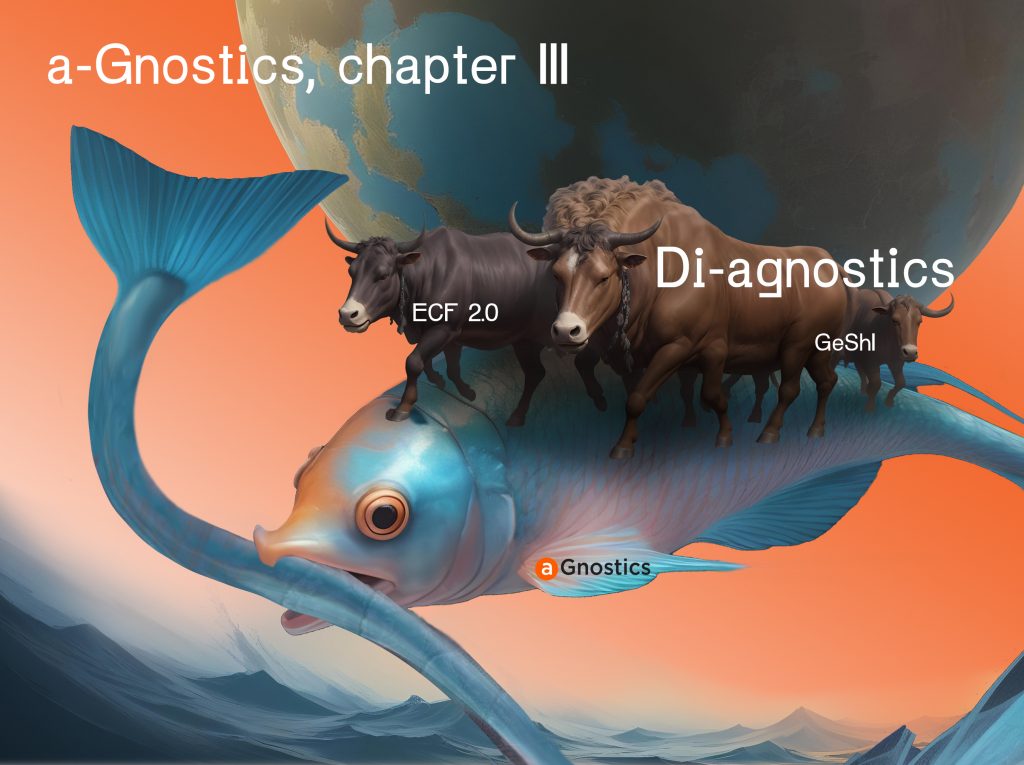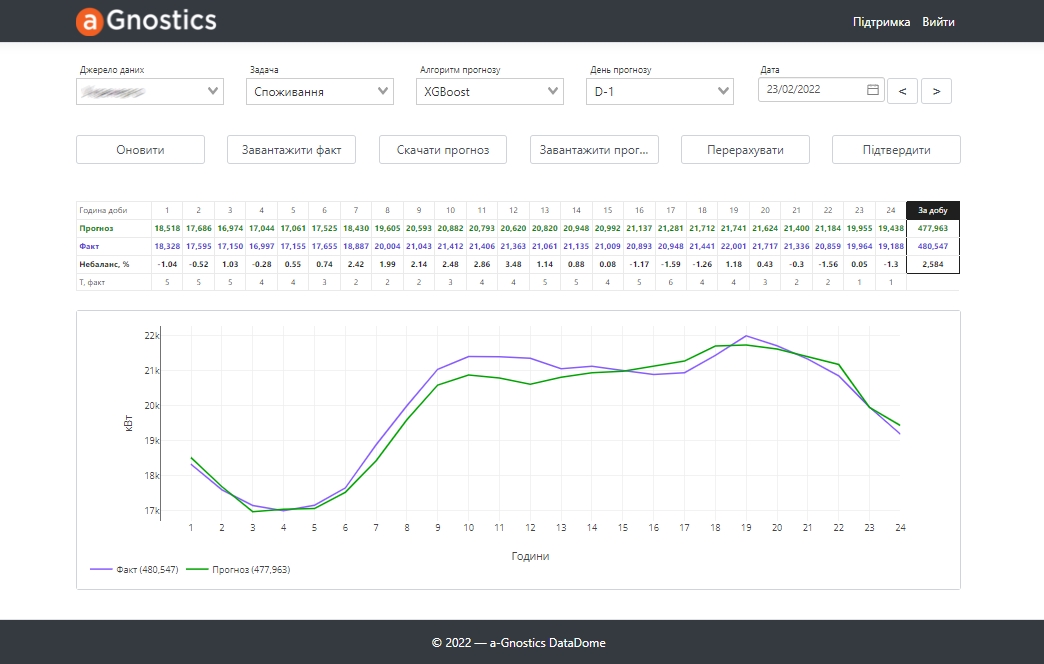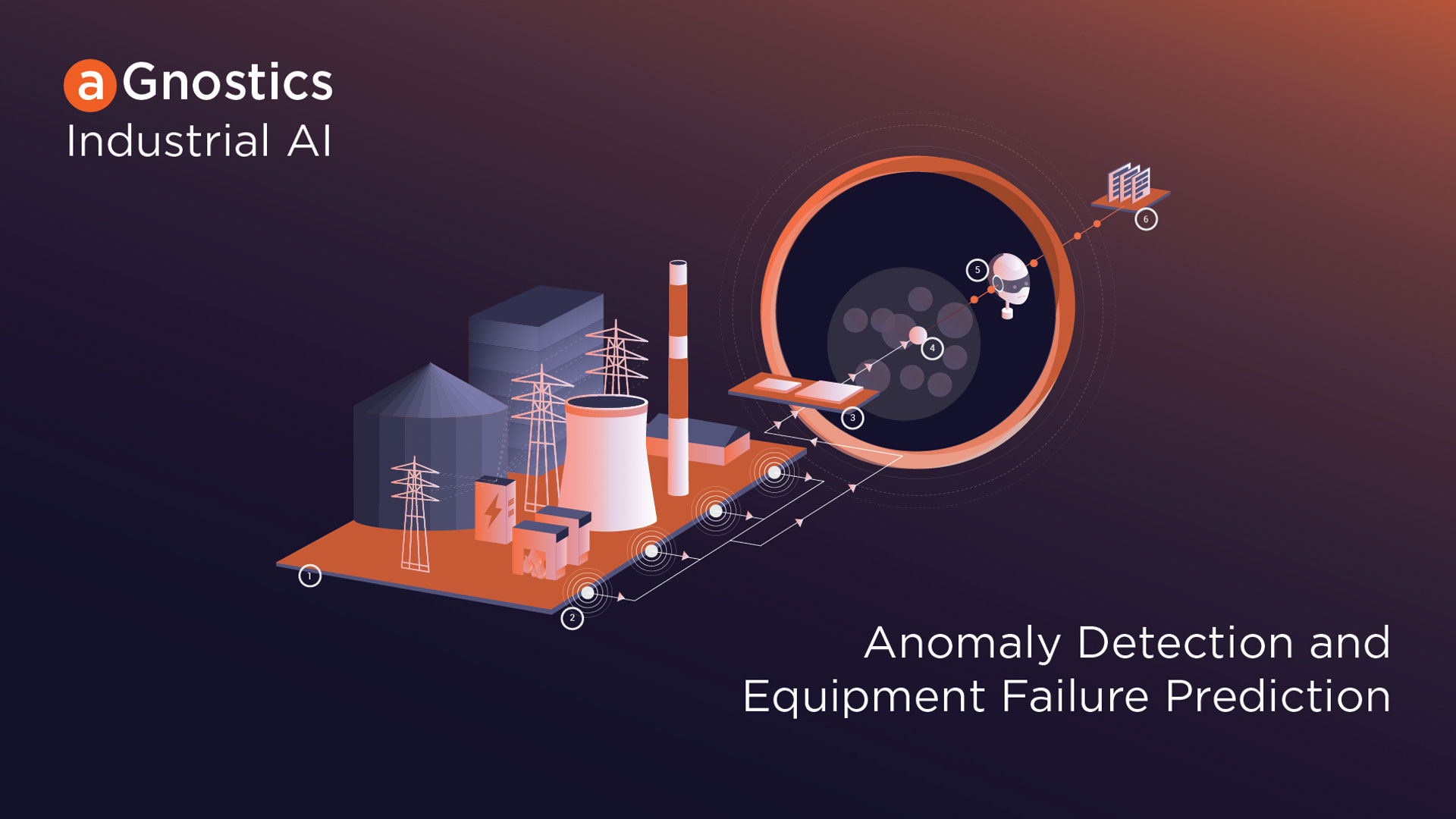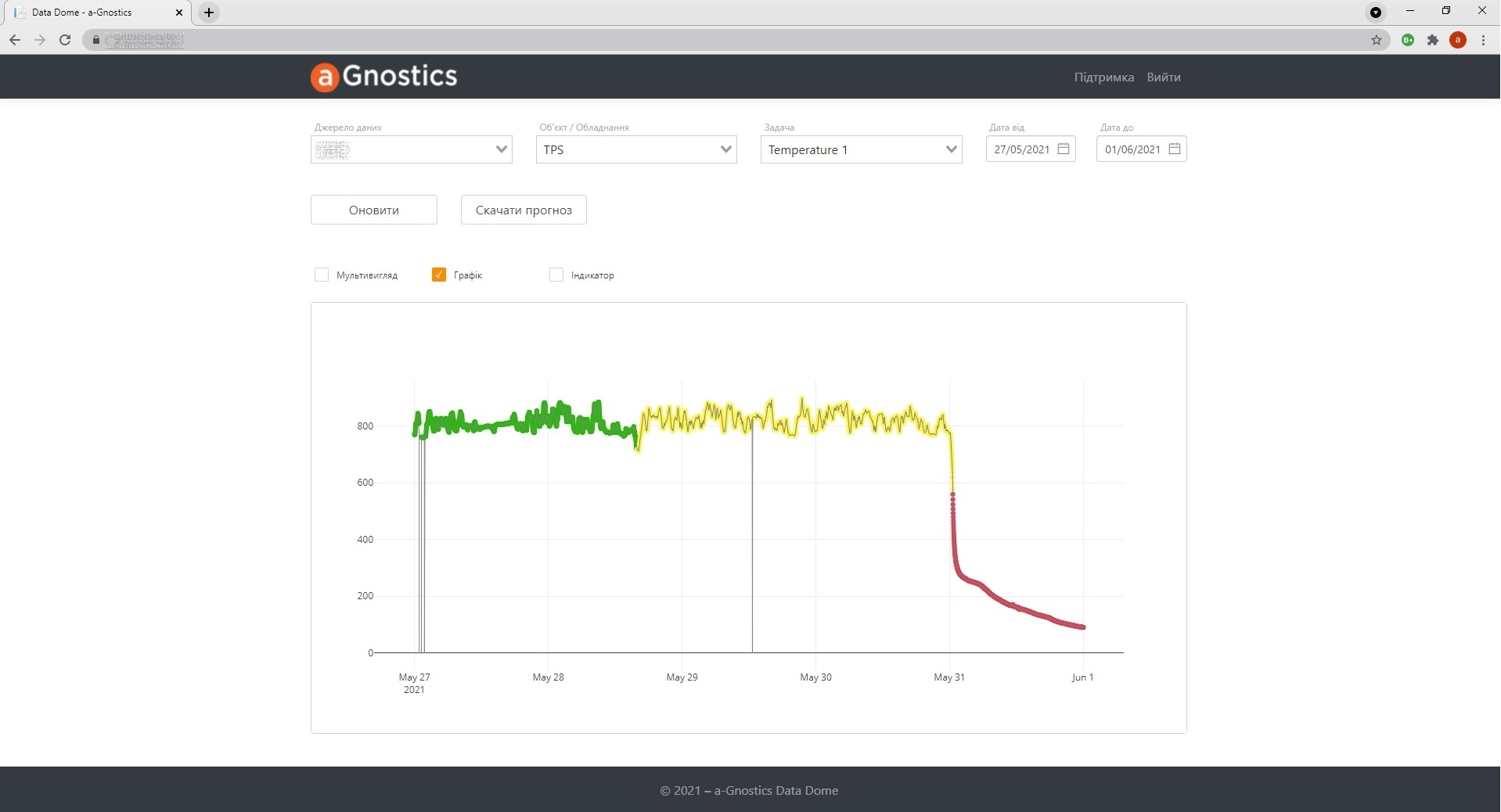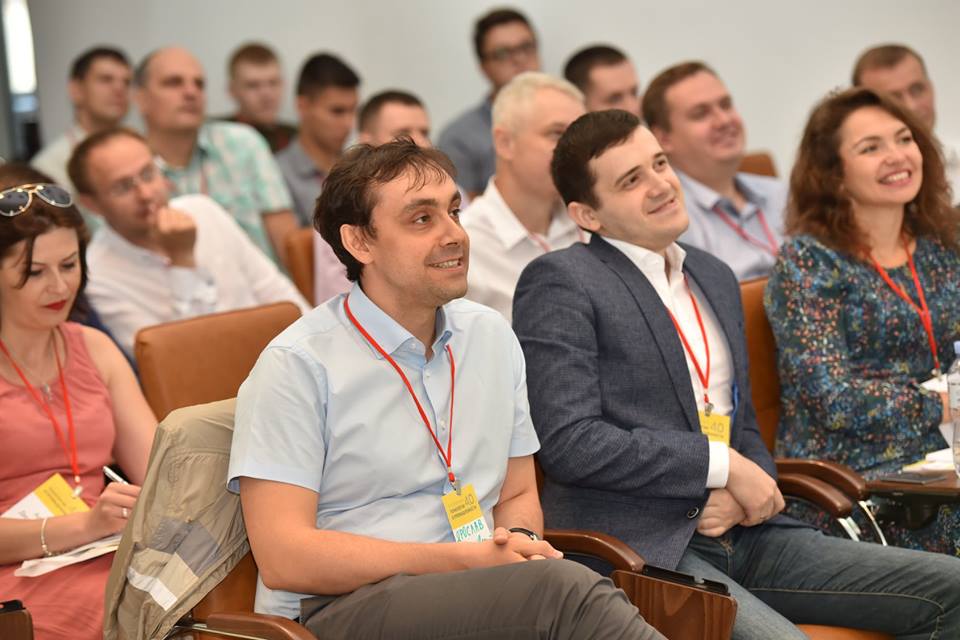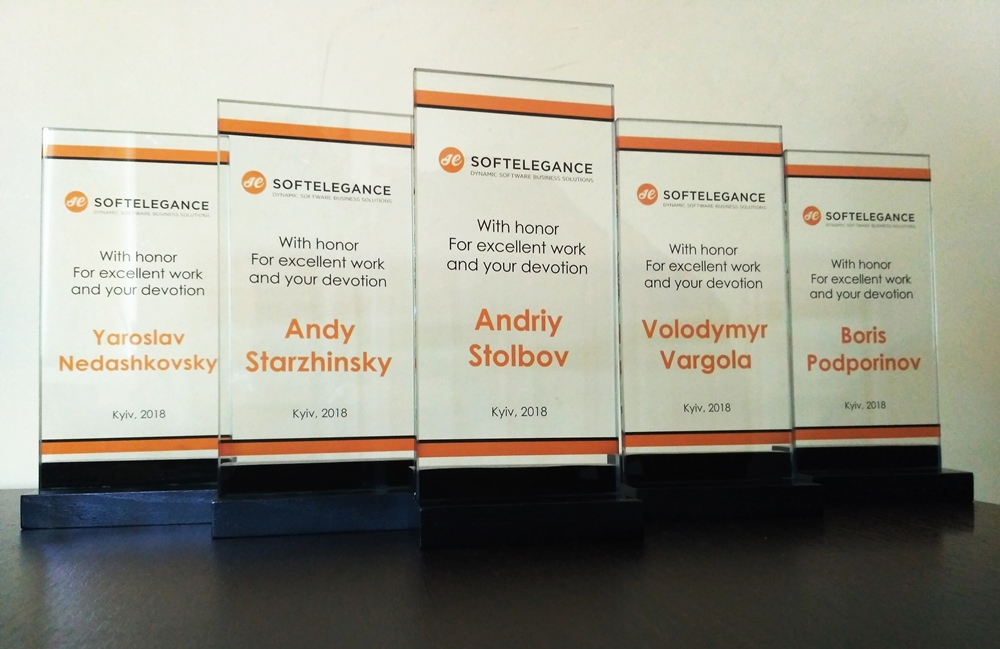Accurate electricity consumption forecasting for a specific zone or sub-zone requires up-to-date and reliable weather forecasts.

a-Gnostics and Tower.dev call on August 2025
Pro-gnostics, a SaaS solution of a-Gnostics, provides electricity consumption forecasts for Europe and North America with a focus on key energy markets: IESO (Independent Electricity System Operator), MISO (Midcontinent Independent System Operator), and PJM (PJM Interconnection) – Regional Transmission Organization (RTO)s. To cover such a large and diverse region, we rely on weather data from around 40 different locations.
To ensure uninterrupted forecasting services for our customers, we integrate data from multiple weather forecast providers. This redundancy guarantees consistent performance even if one of the providers is temporarily unavailable. On average, we process and analyze about 1 GB of weather data daily.
Before the Migration to Tower.dev
Previously, the Pro-gnostics Weather Service was hosted on Microsoft Azure, using Docker for containerized deployment:
– Monthly cost was high because of substantial cloud infrastructure spend;
– Execution times were long, because each computation run resulted in a high load;
– Runs were scheduled every 3 hours, but we wanted a higher run frequency.
While this setup was reliable, we identified potential for both performance improvements and cost reduction.
Migrating to Tower.dev
The migration to Tower.dev took just a couple of days, including testing and deployment to production, because existing Python scripts could run as they were.
The results were clear:
– 50% cost savings;
– 70% faster execution time.
This improvement directly enhanced our forecasting pipeline by allowing the system to pull in fresher weather data closer to the execution time of the electricity consumption forecast.
Business Value
With faster data processing and more recent weather inputs, our models now operate with higher accuracy, which is essential in markets where forecasting precision directly impacts financial outcomes.
For example, in IESO, the accuracy of electricity consumption forecasts affects how much energy trading companies pay or save. Inaccurate forecasts can lead to imbalances between actual and scheduled consumption, resulting in costly penalties or inefficient trades.
By improving our weather service infrastructure, our customers benefit in two major ways:
– Better forecast accuracy: The closer the weather data is to the time of prediction, the more accurate Pro-gnostics’ models become;
– Financial impact: A more precise forecast leads to better energy trading decisions, reduced balancing costs, and overall operational efficiency.
Migrating to Tower.dev didn’t just streamline our infrastructure — it gave us a competitive edge. With lower costs, faster pipelines, and higher forecast accuracy, a-Gnostics can deliver even more value to customers in energy markets where every percentage point matters.
For us, Tower.dev wasn’t just an upgrade — it was a catalyst for better business outcomes.

